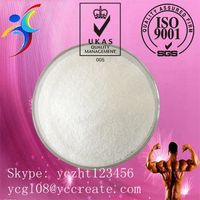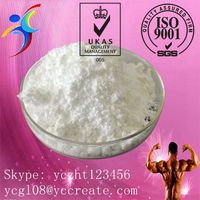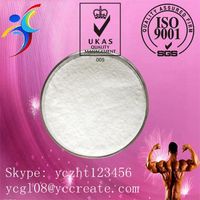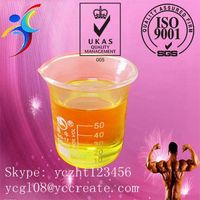Levodopa CAS: 59-92-7
Product Quick Detail
- Place Of Origin
- WUHAN
- Packaging
- foil bag or tin
- Delivery
- 7 Days
Specifications
- Country: China (Mainland)
- Business Type:
- Market:No.388 Huangshan Road, Tianyuan District, Zhuzhou City, Hunan Province,China
- Founded Year:2013
- Address:No.388 Huangshan Road, Tianyuan District, Zhuzhou City, Hunan Province,China
- Contact:Mr John
Other products from Zhuzhou Yuancheng Hezhong
Relate products of Levodopa CAS: 59-92-7
Levodopa http://www.steroidsgym.com/ Skype: yczht123456 ycgl08@yccreate.com CAS: 59-92-7 EINECS: 200-445-2 M.F.: C9H11NO4 Purity:99% M.P.: 276-278 °C L-DOPAis a chemical that is made and used as part of the normal biology of humans, some animals and plants. Some animals and ...
Levodopa http://www.steroidsgym.com/ Skype: yczht123456 ycgl08@yccreate.com CAS: 59-92-7 EINECS: 200-445-2 M.F.: C9H11NO4 M.W. : 197.19 Purity:99% L-DOPAis a chemical that is made and used as part of the normal biology of humans, some animals and plants. Some animals and humans ...
Levodopa http://www.steroidsgym.com/ Skype: yczht123456 ycgl08@yccreate.com CAS: 59-92-7 EINECS: 200-445-2 M.F.: C9H11NO4 M.W. : 197.19 Purity:99% M.P.: 276-278 °C L-DOPAis a chemical that is made and used as part of the normal biology of humans, some animals and plants. Some ...














